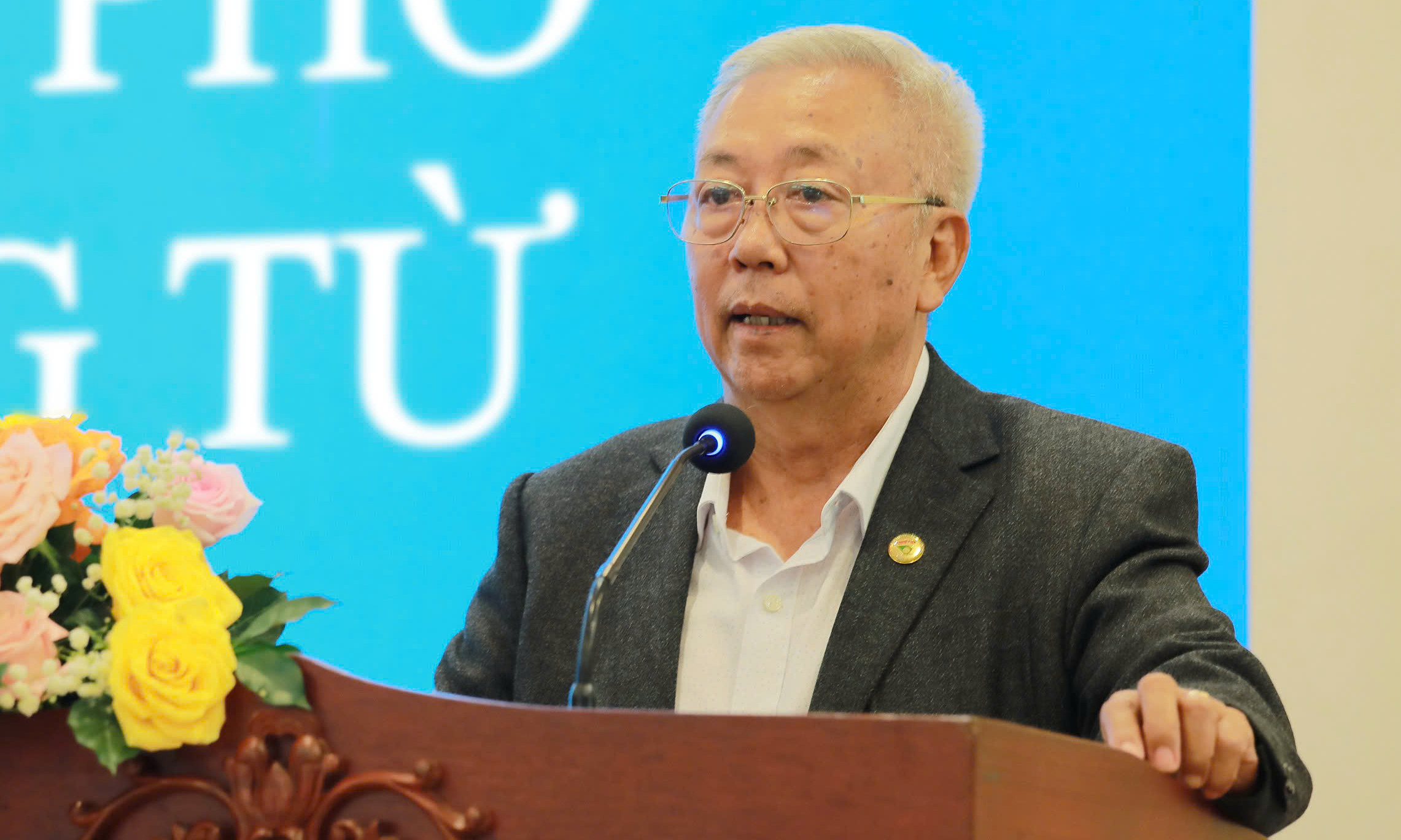At the "2025 Conference on Promoting Agricultural, Forestry, and Fishery Exports" in Ho Chi Minh City, To Thi Tuong Lan, Deputy Secretary General of the Vietnam Association of Seafood Exporters and Producers (VASEP), reported that seafood exports reached 6.22 billion USD in the first seven months of the year, a 17.2% increase year-on-year. However, some key products experienced stagnation or decline, such as tuna, which decreased by 2.8% to 542 million USD, with a nearly 19% drop in July alone.
This decline stems from market pressure, high inventories in China, and obstacles presented by Decree 37, leading to material shortages. Lan emphasized that the seafood sector will face difficulties in the latter half of the year if the US imposes new 20% retaliatory tariffs. Pangasius (catfish) will be significantly affected in terms of costs and pricing, especially with the stagnation of the Chinese market, forcing businesses to expand exports to ASEAN, South America, and the Middle East.
Fruit and vegetable exports to the US face similar risks. Nguyen Thanh Binh, Chairman of the Vietnam Fruit and Vegetable Association, stated that exports reached over 261.6 million USD in the first six months, a 66% increase year-on-year. However, if the US imposes a 20% tariff, import costs will rise, reducing purchasing power and making Vietnamese goods less competitive against supplies from Mexico, South America, or ASEAN. The US market has stringent requirements for quality, food safety, packaging, labeling, intellectual property, social responsibility, and environmental protection. If retaliatory tariffs on fruits and vegetables are not adjusted after bilateral negotiations, US consumers may reduce spending, leading to a potential sharp decline in orders from Vietnam.
 |
Nguyen Thanh Binh, Chairman of the Vietnam Fruit and Vegetable Association. Photo: Agriculture and Environment |
Nguyen Thanh Binh, Chairman of the Vietnam Fruit and Vegetable Association. Photo: Agriculture and Environment
Beyond the US, Vietnamese agricultural and seafood exports to China also face both opportunities and challenges. Nong Duc Lai, Vietnam's Trade Counselor in China, said that China imports about 2,500 billion USD worth of goods annually, with agricultural products accounting for 210-230 billion USD. China is opening its doors to more products but simultaneously tightening quality control and traceability. Therefore, Vietnamese businesses need to quickly raise standards, improve packaging, and build brands to avoid warnings or market share loss.
In the face of these challenges, industry associations are proposing comprehensive solutions. VASEP has identified two parallel approaches to market response: mitigating risks by seeking alternative markets and utilizing preferential treatment from trade agreements, and recommending revisions to inadequate regulations, such as some provisions in Decree 37, to ensure raw materials for processing. VASEP also calls for focused trade promotion, supporting businesses in accessing distribution systems in ASEAN, the Middle East, and South America to reduce dependence on a few major markets.
The Vietnam Fruit and Vegetable Association proposes promoting bilateral negotiations to reduce or eliminate tariffs on advantageous products while recommending that businesses enhance deep processing, improve packaging, and invest in traceability systems. The association also recommends increasing imports of certain products from the US that do not compete with domestic goods to balance trade and create negotiating advantages.
From a regulatory perspective, Nguyen Anh Son, Director General of the Import-Export Department (Ministry of Industry and Trade), said the Ministry will continue to implement measures against smuggling, trade fraud, and anti-dumping, while opening new markets such as the Gulf region, Egypt, and Singapore. The Department is developing two projects: "Diversifying import sources of raw materials" and "Utilizing free trade agreements when the US imposes retaliatory tariffs," aiming to provide practical solutions for businesses. He likened trade negotiations to a reciprocal exchange, emphasizing the give-and-take nature of the process.
Ngo Hong Phong, Director General of the Department of Quality, Processing, and Market Development, stated that the Ministry of Agriculture will support businesses with exchange rates, credit, logistics, technical negotiations, building standard raw material areas, and developing value-added processing.
According to experts, the US retaliatory tariffs are a clear warning about the risks of over-reliance on a single market. However, if the solutions from associations and regulatory agencies are implemented effectively, Vietnam's agricultural, forestry, and fishery sectors still have the opportunity to maintain growth momentum and achieve export targets for 2025.
Thi Ha












